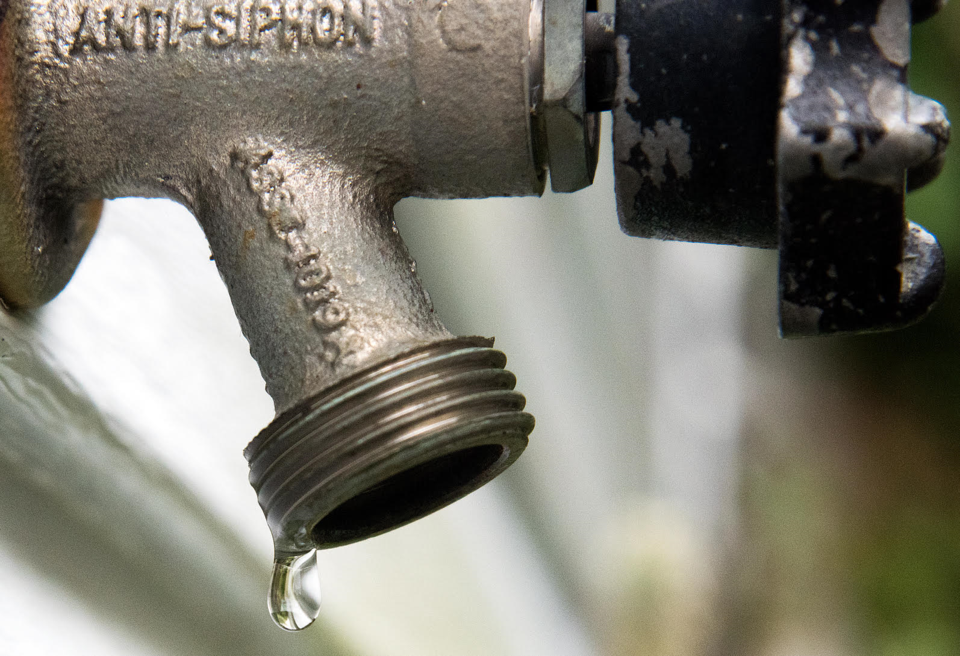Over $42 million in spending is set to flow to shore up Northwestern Ontario’s water and wastewater infrastructure, the federal government has announced.
That figure includes planned spending by federal, provincial, and local governments across over a dozen First Nations and municipalities in the region, announced as part of the feds’ Green Infrastructure Stream of the Investing in Canada Infrastructure Program (ICIP).
The funds are badly needed to help communities with fewer resources catch up with daunting infrastructure renewal needs, said Thunder Bay–Superior North MP Patty Hajdu.
“It’s really important money for small communities along the North Shore, because oftentimes they don’t have the tax base to do major infrastructure repairs,” she said. “Communities like Manitouwadge, Schreiber, Longlac, these are communities that often struggle to keep those basic pieces of water infrastructure intact.”
The largest federal investments will support major projects in Northwestern Ontario First Nations, funded 75 per cent by the feds, 18 per cent by the province, and seven per cent by First Nations.
That includes a nearly $5 million in work to replace and rehabilitate nearly 4.5 kilometres of watermain in Ojibways of Onigaming First Nation, as well as renewing the fire pump in its water treatment plant.
The Lac Seul First Nation will go ahead with close to $5 million to rehabilitate the Whitefish Bay Water Distribution System, replacing around 2.4 kilometres of watermain and two high-lift pumps.
Wabigoon Lake Ojibway Nation, meanwhile, will spend $4.6 million to replace 1.5 kilometres of watermain along Main Street, Spruce Avenue, and Lakeview Avenue.
Projects in municipalities were funded 40 per cent by the federal government, 33 per cent by the province, and 27 per cent by local governments.
The Town of Rainy River received funding for a $5 million replacement of infrastructure along Third Street, Mill and Broadway avenues, and connected to the water treatment plant.
Manitouwadge, meanwhile, was approved for just under $5 million in watermain replacement and associated work.
The funding for on-reserve water infrastructure is part of her government’s larger commitment to provide equitable access to drinking water for First Nations, Hajdu said.
The 2022 budget will help expand operating funding for water treatment plants on reserve, said Hajdu, something the Parliamentary Budget Office found the feds were underfunding in a report last year.
The latest budget allocates $247 million over two years for water and wastewater infrastructure.
That doesn’t include a projected $8 billion the government will pay out to settle class-action claims around long-term boil water advisories on reserve. That amount will provide individual compensation, with $6 billion also set aside to upgrade water infrastructure.
Hajdu also highlighted funding in the latest budget for the Atlantic First Nations Water Authority, a new model in which some First Nations on the East Coast have regionally taken responsibility for water and wastewater services on reserve.
“I’m excited about the possibility of seeing other First Nations water authorities... growing across the country, as a model to help support those really small communities with some of the ongoing operational challenges of delivering water,” she said.
